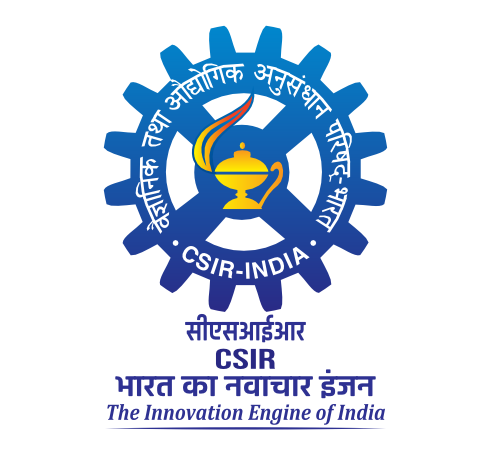Phytochemical Analysis of Triphala Extract, In Vitro and In Silico Evaluation of Pancreatic Lipase Inhibition for Obesity Management
Sanjay, Kottekad and Usharani, Dandamudi (2025) Phytochemical Analysis of Triphala Extract, In Vitro and In Silico Evaluation of Pancreatic Lipase Inhibition for Obesity Management. Journal of Plant Foods for Human Nutrition, 80. pp. 1-11.
|
PDF
s11130-025-01303-0.pdf - Published Version Restricted to Registered users only Download (2MB) | Request a copy |
Abstract
Pancreatic lipase (PL) inhibition is a prominent pharmacological strategy for managing obesity, as it reduces the hydrolysis of dietary triglycerides (TAG) into free fatty acids and monoglycerides. Orlistat, an FDA-approved drug, achieves a 30% reduction in body fat through irreversible covalent inhibition of PL. However, the gastrointestinal side effects limit its long-term use. To address these issues, we explored inhibition using natural compounds from Triphala (TRI), a renowned Ayurvedic formulation comprising three plants - Emblica officinalis (EO), Terminalia bellirica (TB), and Terminalia chebula (TC). This study investigated PL inhibition by an 80% hydro-ethanolic extract of individual herbs (EO, TB, TC) as well as, Triphala (TRI) and its fractions and identified key bioactive compounds - Ellagic acid, Chebulic acid and Corilagin via LC-MS/MS. Qualitative and quantitative phytochemical analyses revealed that TF1 is rich in phenols and tannins and exhibited significant PL inhibition compared to individual herb extracts. Additionally, Ellagic acid, Chebulic acid and Corilagin of TF1 demonstrated notable PL-inhibition, with IC50 values 58.41 ± 1.92 µg/mL, 125.33 ± 2.80 and 257.81 ± 2.10 µg/mL respectively. Furthermore, the PL inhibition kinetics showed that these bioactives and TRI fractions exhibited mixed inhibition, in contrast to the competitive inhibition of Orlistat (positive control). Molecular docking and 100 ns molecular dynamic simulations of PL-inhibitor complexes revealed that the bioactives bind to key residues in the PL active site. Among the three bioactives, Chebulic acid has better binding energy, primarily due to its substantial electro- static interactions with the gatekeeper residue D80 of the PL active site. These findings highlight the potential of Triphala bioactives, particularly Chebulic acid and Ellagic acid, to effectively inhibit PL and provide a strategy to manage obesity.
| Item Type: | Article |
|---|---|
| Uncontrolled Keywords: | Bioactive compounds · Solid phase extraction · Metabolic disorder · LC-MS/MS · Enzyme inhibition kinetics · Chebulic acid · Molecular simulations |
| Subjects: | 600 Technology > 01 Medical sciences > 12 Metabolism 600 Technology > 03 Agriculture > 04 Medicinal Plants 600 Technology > 08 Food technology > 16 Nutritive value > 05 Enzymes |
| Divisions: | Food Safety Analytical Quality Control Lab |
| Depositing User: | Somashekar K S |
| Date Deposited: | 25 Jun 2025 06:06 |
| Last Modified: | 25 Jun 2025 06:06 |
| URI: | http://ir.cftri.res.in/id/eprint/19598 |
Actions (login required)
 |
View Item |

